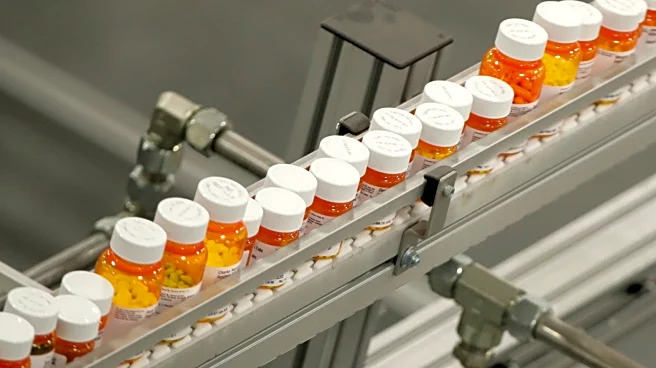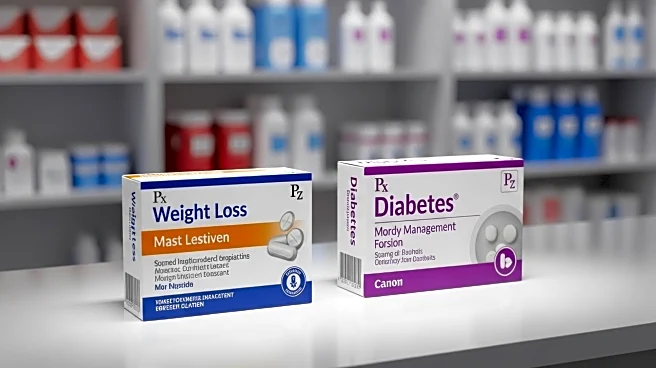What's Happening?
Medicare shoppers are facing fewer choices for prescription drug coverage as the number of available standalone drug plans continues to decline. This trend is expected to persist into 2026, with options particularly limited for those with low-income subsidies. The reduction in choices is partly due to insurers reducing their presence in standalone Part D plans, with Elevance leaving the market entirely. The Inflation Reduction Act, which caps annual out-of-pocket drug costs at $2,100 starting in 2026, is cited as a factor putting financial pressure on insurers. Despite the decrease in options, most markets will still offer several plans, though finding affordable coverage for multiple prescriptions remains challenging.
Why It's Important?
The shrinking options for Medicare Part D plans could significantly impact seniors who rely on these plans for affordable prescription drug coverage. With fewer choices, seniors may face higher costs or limited coverage for necessary medications. The changes could also lead to increased inertia among Medicare Part D customers, who may be hesitant to switch plans due to concerns about losing coverage for their medications. The financial pressure on insurers from the Inflation Reduction Act may lead to higher premiums or reduced benefits, affecting the affordability and accessibility of prescription drugs for millions of seniors.
What's Next?
Medicare shoppers have until December 7 to select new coverage that begins in January. As the enrollment window progresses, seniors are encouraged to review their current plans and compare them with available options to ensure they maintain adequate coverage. The federal government website and State Health Insurance Programs are available to assist consumers in navigating their choices. Additionally, some may consider switching to Medicare Advantage plans, though these can have more limited networks of covered doctors, posing challenges for those in rural areas.












